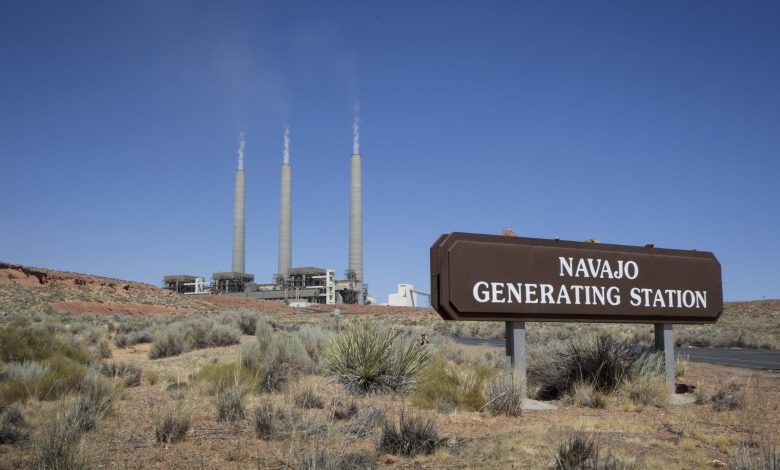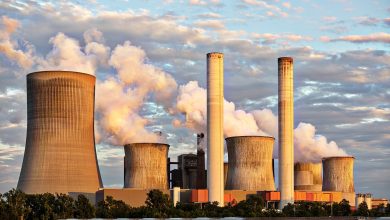The Largest Coal-Fired Power Plant in the Western U.S. just Closed

Navajo Generating Station
The Navajo Generating Station, one of the largest coal-fired power plants in the United States, recently shut down its power generation operations for good. The Arizona-based plant was one of the nation’s largest in terms of total energy generation, with the capability to produce 2,250-megawatts of electricity at full capacity. The permanent closure of the Navajo Generating Station represents the latest victim of the downfall of America’s coal industry. The power plant’s 750 workers (nearly all Native Americans) were laid off gradually over a two-year period (Silversmith & Randazzo, 2019).
After nearly 50 years of generating power from coal, the Navajo Generating Station closed its doors at the end of November. However, the news wasn’t a surprise. The owners of the coal-fired power plant announced in early 2017 that it would be closing the plant due to it being uneconomical to continue its operations past the current December lease expiration with the Navajo Nation (Stevens, 2019).
The owners of the power plant included the Salt River Project, Arizona Public Service Co., Tucson Electric Power, and NV Energy. CEO and General Manager Mike Hummel released a statement saying that, “NGS will always be remembered as a coal-fired workhorse whose employees made it one of the safest and most reliable power plants in the nation” (SRP, 2019).

Decades in Operation
For decades, the Navajo Generating Station provided reliable and cost-effective electricity that allowed the state of Arizona and the greater Phoenix metropolitan region to grow rapidly. With the plant no longer generating power, a focus will now move to decommissioning activities, which are expected to take approximately three years to complete at a cost of $150 million (Stevens, 2019). Under a 35-year extended lease, $110 million in additional lease payments will be made to the Navajo Nation to allow for long-term monitoring, continued access to the site for decommissioning, and continued operation of the plant’s transmission system (SRP, 2019).
The final shipment of coal from the Kayenta mine located 78 miles away was sent to the Navajo Generating Station in August. Since then, the Walmart Superstore-sized parking lot of coal was burned down to nothing. In 2014, renewed hope for the future of the power plant was achieved after a deal was made with the Environmental Protection Agency (EPA) to keep the plant open at two-thirds capacity (Silversmith & Randazzo, 2019).

Changing Economics
For years, the owners of the plant had fought the EPA to keep the plant operating while remaining in compliance with national air-quality standards. However, with over $100 million in maintenance required to keep the plant operating, the economics of the situation prompted a swift decision to cease operations permanently (Silversmith & Randazzo, 2019).
The changing economics of energy industry has left coal industry leaders with an uncertain future. A shift to cheaper and cleaner sources of power like natural gas and renewable energy have led at least eight major American coal companies to file for bankruptcy this past year, including the nation’s largest private coal company, Murray Energy. Moreover, since 2010, over 540 coal-fired plants have closed in the U.S. (Stevens, 2019).

Trump’s Promise
According to the U.S. Energy Information Administration, in 2018, demand for coal fell to its lowest level in over 40 years (Stevens, 2019). Despite President Donald Trump’s assertion that “the coal industry is back,” the ailing industry continues to falter.
Sources
Silversmith, S., & Randazzo, R. (2019). “Largest coal plant in the West shuts down, dealing financial losses to Native American tribes.” USA Today.
SRP. (2019). “Navajo Generating Station Permanently Shuts Down.” Salt River Project.
Stevens, P. (2019). “One of the largest coal-fired power plants in the Western US has just closed for good.” CNBC.



